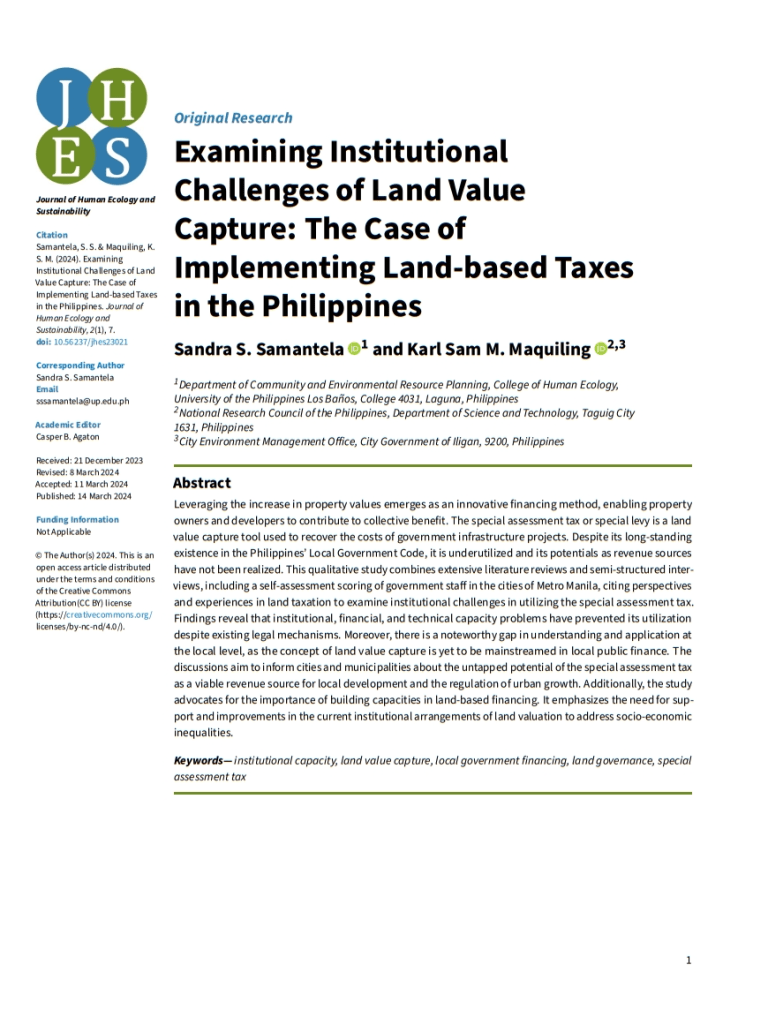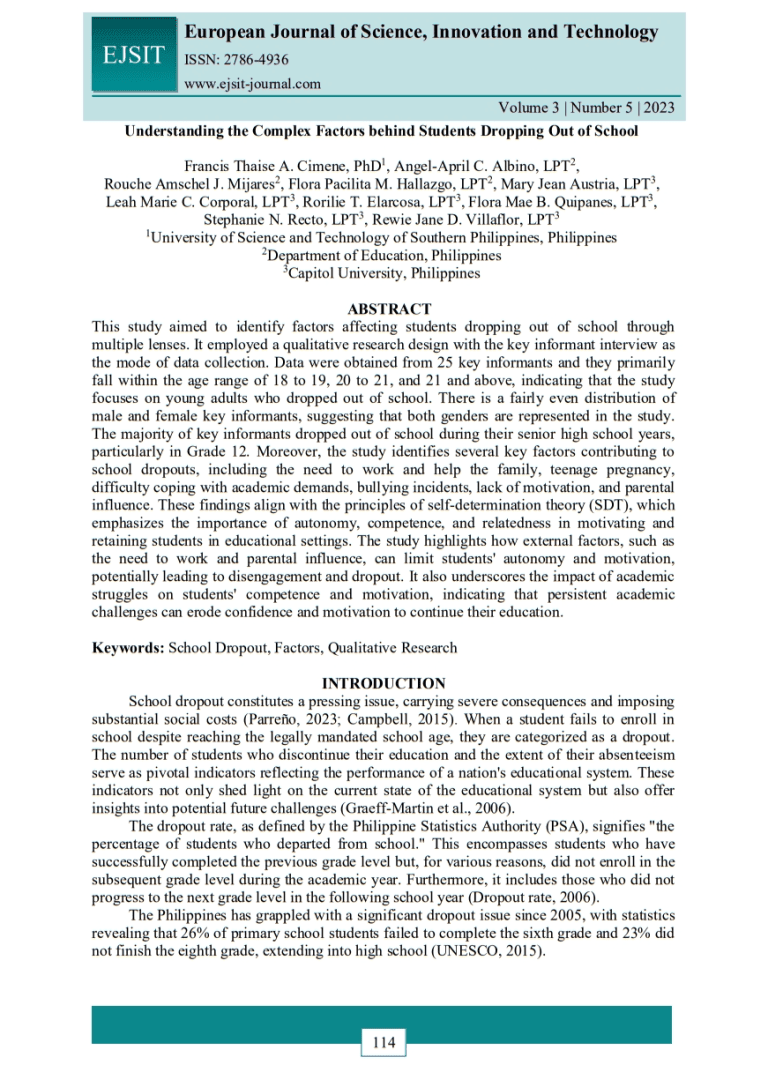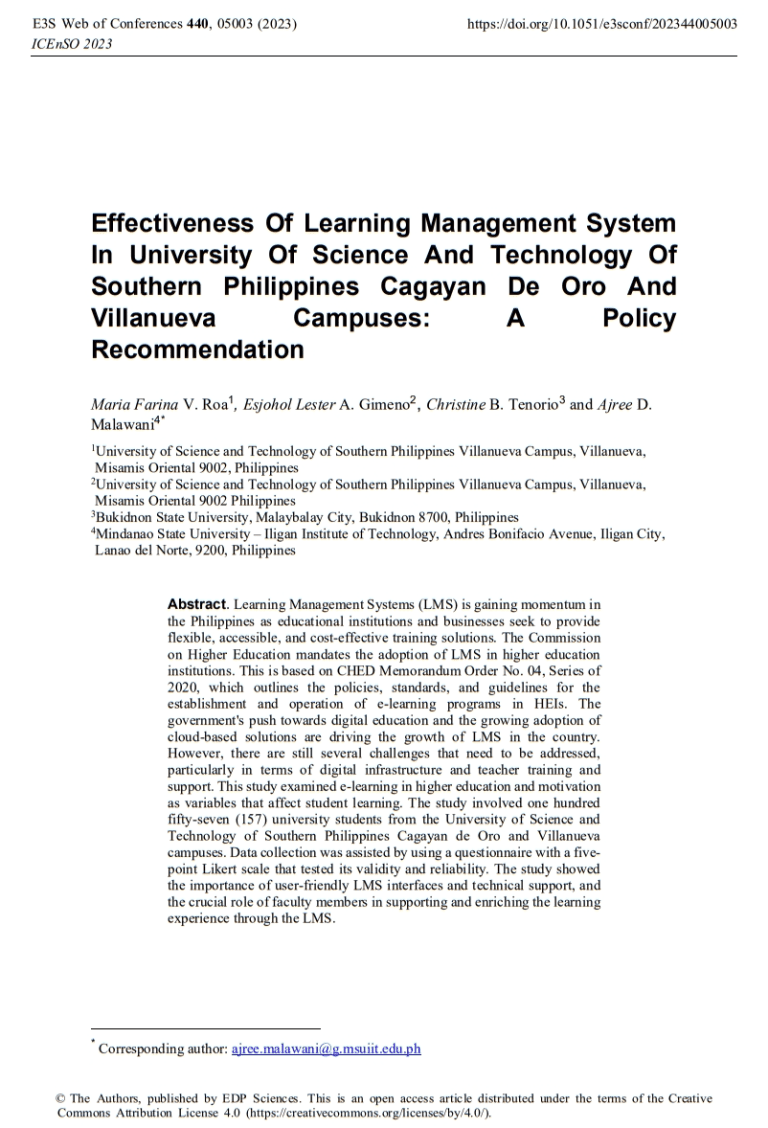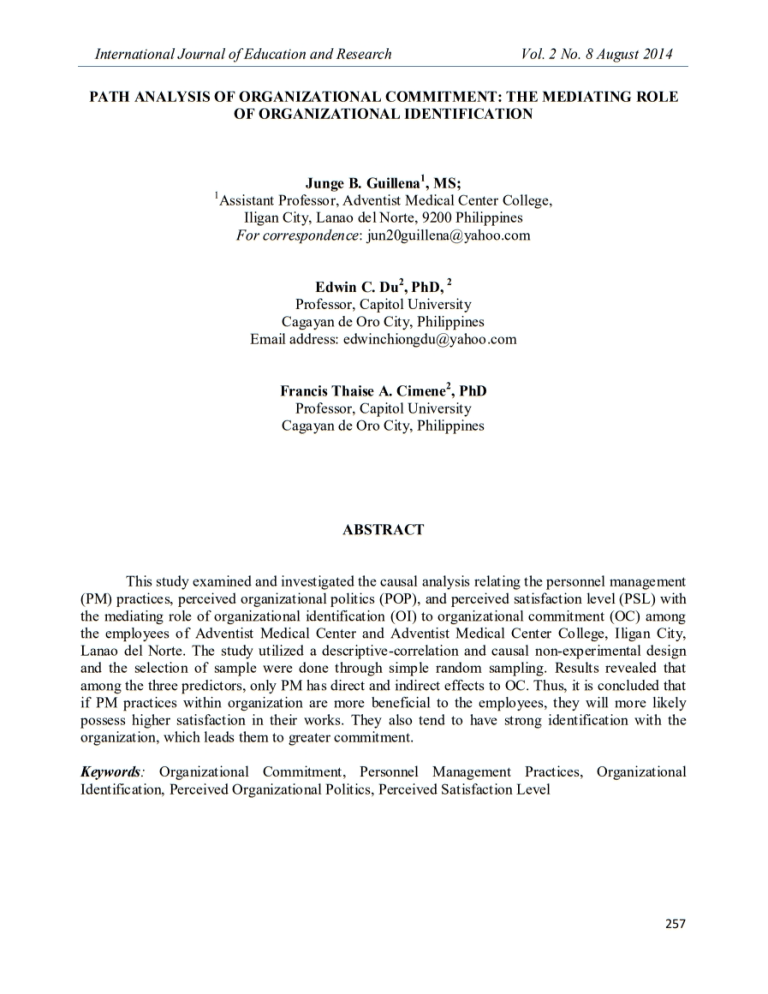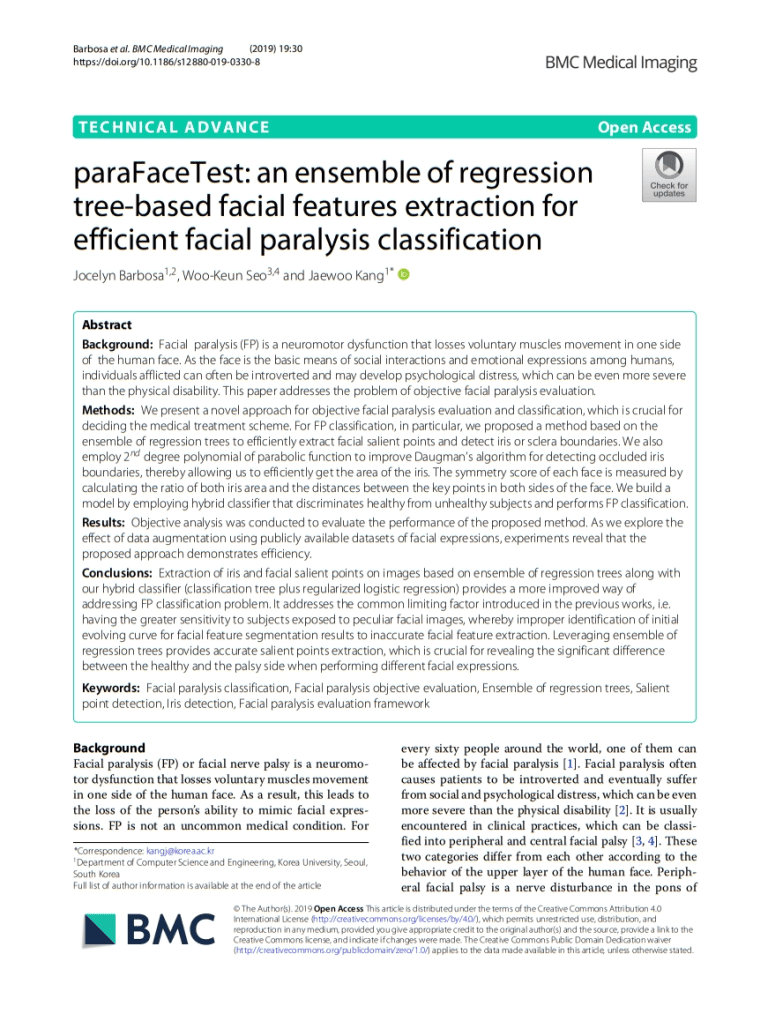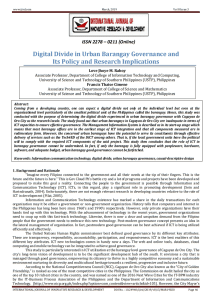

Published: Mar 02, 2019 | Updated: May 02, 2024
Digital Divide in Urban Barangay Governance and Its Policy and Research Implications
Authors: Dr. Francis Thaise and Love Jhoye M. Raboy causal-descriptive design, digital divide, Information communication technology, urban barangay governanceAbstract
Coming from a developing country, one can expect a digital divide not only at the individual level but even at the organizational level particularly at the smallest political unit of the Philippines called the barangay. Hence, this study was conducted with the purpose of determining the digital divide experienced in urban barangay governance with Cagayan de Oro City as the research locale. The study found out that urban barangays in Cagayan de Oro City are inadequate in terms of ICT capacities to ensure effective governance. The Management Information System is described as in its start-up stage which means that most barangay offices are in the earliest stage of ICT integration and that all components measured are in rudimentary form. However, the concerned urban barangays have the potential to serve its constituents through effective delivery of services such as the Tech4ED of the DICT among others. That is, if the local government units have the political will to comply with the required ICT components of the said project. This study then concludes that the role of ICT in barangay governance cannot be undermined. In fact, if only the barangay is fully equipped with peopleware, hardware, software, and adequate budget, urban barangay good governance cannot be farfetched. Keywords: Information communication technology, digital divide, urban barangay governance, causal-descriptive design






